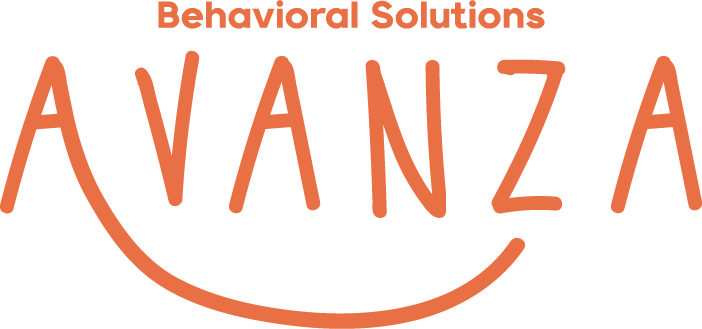EIDM in ABA: Explained
In Applied Behavior Analysis (ABA), our goal is to help individuals improve their behaviors—whether that means learning new skills or breaking old habits. A key approach in achieving this is EIDM (Evidence-Informed Decision Making), a strategy that combines research, clinical expertise, and an individual's specific needs to guide the decision-making process.
Research and Evidence
The foundation of EIDM starts with looking at research and evidence. This means reviewing studies and experiments where scientists have tested various strategies and interventions to see what worked best for others. By understanding what research has already uncovered, we can apply these proven methods to help the person we are working with.
Experience of the Expert
Another crucial aspect of EIDM is the experience of the expert. This is where the knowledge of seasoned professionals comes into play. Experts in ABA have worked with numerous individuals and have firsthand experience with what strategies tend to be effective. They bring valuable insights based on their practical, real-world observations of what works—and what doesn’t.
What the Person Needs
Lastly, EIDM takes into account what the person needs. Every individual is unique, and it's essential that the chosen approach is personalized to suit their preferences, strengths, and challenges. Understanding what motivates a person, what they enjoy, and what might not be effective for them ensures that the intervention is not only research-based but also tailored to fit their specific situation.
In essence, EIDM is a holistic approach that makes decisions based on a combination of scientific evidence, the expert's experience, and a deep understanding of the individual's needs. This comprehensive method ensures that the interventions we use in ABA are as effective, relevant, and supportive as possible.


